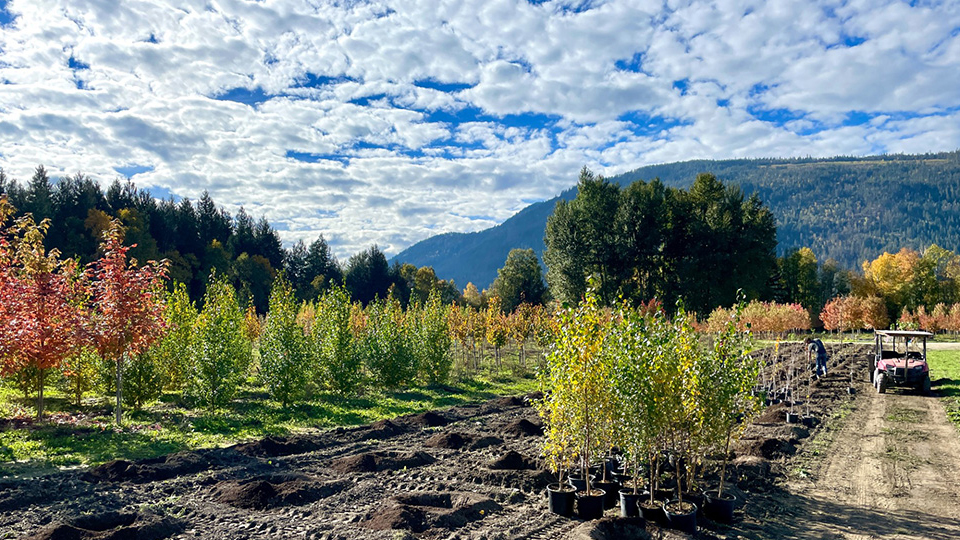Plan for peace of mind
Farmers who have an Environmental Farm Plan (EFP) are serious about learning how to reduce agriculture’s impact on the environment. Many EFP participants enjoy increased efficiency, profitability and new customers as a result of increased environmental sustainability.
What opportunities exist on your farm?

Jump To:
What is an EFP?
The Environmental Farm Plan (EFP) Program is a complimentary program that provides eligible agri-food sector producers with access to consultants (known as EFP Advisors) to assist in the completion of Environmental Farm Plans. The EFP program enhances the capacity of producers to identify opportunities to adapt and respond to emerging environmental, regenerative agriculture, and climate challenges and changing environmental conditions.
Program Objective
An EFP is an on-farm agri-environmental risk assessment. Its purpose is to identify potential environmental, regenerative agriculture and climate risks within a farmer and rancher’s (Producers) operations and educate them about how these risks can be mitigated.
Program Goal
The purpose of the EFP is to raise environmental awareness amongst farmers and ranchers and to improve or enhance their environmental stewardship practices and the sustainability of their operations.
The benefits of this program will include:
- Assist producers in completing new Environmental Farm Plans (EFPs)
- Assist producers in renewing existing Environmental Farm Plans (EFPs)
- Supporting producers to identify opportunities for funding through the Beneficial Management Practices program

Implement an EFP for your farm:

Implementation signs were redesigned in 2018 and do not include frames or hardware. Implementation signs will be mailed quarterly from the IAF office.
Resources
Project Profiles & Successes
Funding for these programs have been provided by the Sustainable Canadian Agricultural Partnership, a $3.5 billion, 5-year agreement between the federal, provincial and territorial governments. Additional funding has been provided by CleanBC. The program is delivered by the Investment Agriculture Foundation of BC (IAF).



